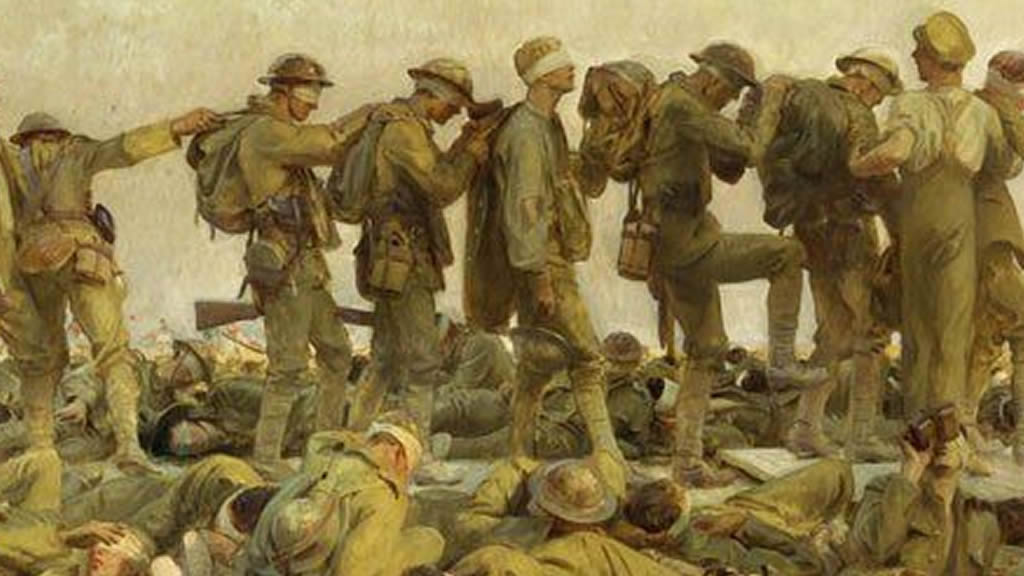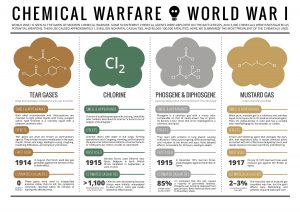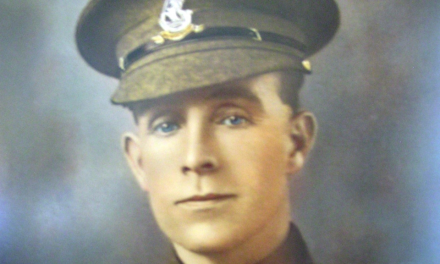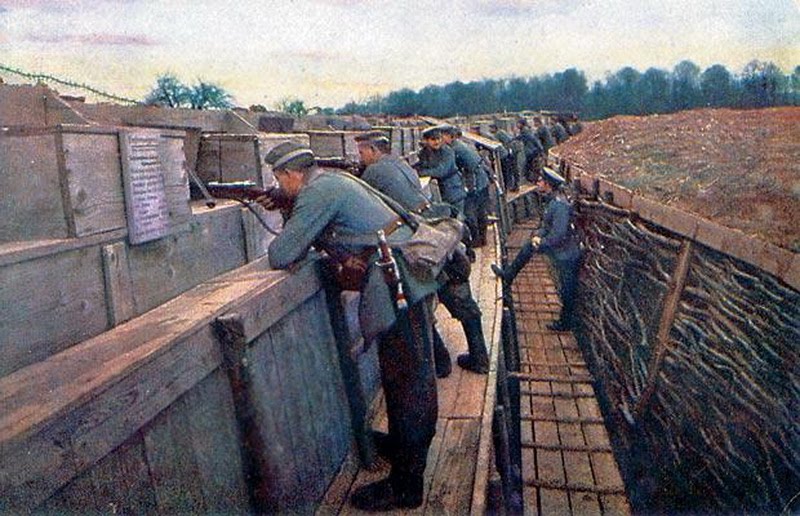If we were to ask : Who used gas first in WWI and when? – the chances are that most people would say ‘The Germans at 2nd Ypres in April 2015’. The surprising fact is that it was not. It was actually the French who first used gas as a weapon of war and they did it in the very first month of the war.
Firsts of the War : Aug 1914 – The First use of Tear Gas
It was in August 1914, in the face of the relentless German advance, that the French were the first to use gas in warfare. Instead of the deadly poison gas used later on in the conflict, the French released xylyl bromide – otherwise known as tear gas. The gas was delivered inside 26 mm grenades. However given the small quantities of gas delivered, roughly 19 cm³ per cartridge, it wasn’t even detected by the Germans. The stocks were rapidly consumed and by November a new order was placed by the French military. As bromine was scarce among the Entente allies, the active ingredient was changed to chloroacetone.
Two months after the use of tear gas the Germans would deploy gas that caused sneezing fits. It was only in 1915, on both the Eastern and Western Fronts, that the Germans would unleash the murderous chlorine gas.
Firsts of the War : January 1915 – The First use of Poison Gas
Chemical weapons were considered uncivilised and had been banned under the Hague Conventions of 1899 and 1907. In 1915, frustration drove the Germans to turn to their highly developed chemical industry to try to find a war-winning solution.
It was against the Russians on the Eastern front though, that the first use of poisoned gas occurred, not as commonly believed in April 1915 against the French.
The German 9th Army under General August van Mackensen attacked toward Warsaw. The advance, known as the Battle of Bolimov, was opened by 600 artillery pieces bombarding the Russian positions with 18,000 poison gas shells – the first time poison gas had been used in the war. However, the intense cold and adverse winds minimised the impact of the poison gas to such an extent that the Russians hardly noticed its use and they failed to notify their allies.
The first use on the Western Front came on the afternoon of April 22 1915, at the Second Battle of Ypres, when the Germans opened cylinders holding 171 tons of chlorine gas along a four-mile section of the front.
The prevailing wind carried it towards the French lines causing 6,000 casualties. The gas attacked wet tissue — the lungs and the eyes — and the deaths were agonising:
“like drowning, only on dry land” … according to one witness.
The French troops panicked and ran. The Germans, many of whom had been killed releasing the gas, were reluctant to press the attack and the advantage was lost.
The Allies soon retaliated in kind. Phosgene and mustard gas followed, but so too did the development of efficient gas masks and, despite accounting for about a million casualties, the use of chemical weapons never produced more than tactical and temporary successes. The verdict of the battlefield was that they were more trouble than they were worth and it was unsurprising that neither side would make use of them in the next war.






